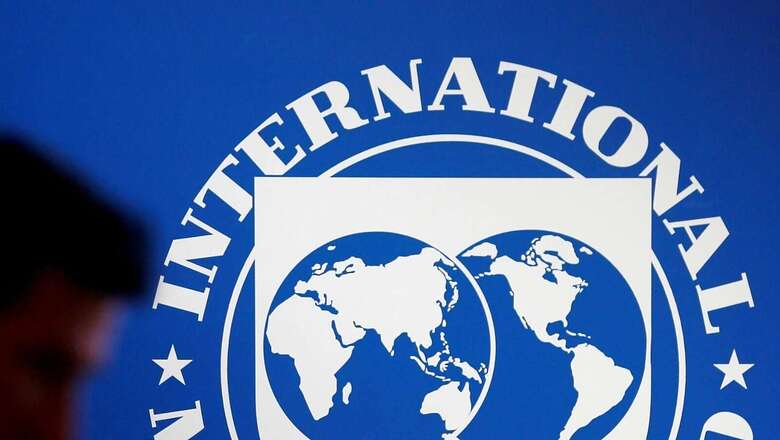
views
The International Monetary Fund (IMF) has said commodity fiscal stance, supporting vulnerable households and putting focus on infrastructure investment are needed during the current situation in India when inflation has gone up as spillovers from the Russia-Ukraine war. It also said well-communicated monetary policy actions are required to check structural weaknesses.
“The reason why inflation has gone up is really the spillovers from the war in Ukraine, where India is particularly dependent on oil and commodity imports,” Anne-Marie Gulde-Wolf, acting director of the IMF’s Asia and Pacific Department, said.
She added that a commodity fiscal stance is appropriate in India during the current situation, supporting vulnerable households and putting the focus on infrastructure investment. Suggesting monetary tightening and measures to check structural weaknesses, Gulde-Wolf said “well-communicated monetary policy actions are needed but probably some monetary tightening.”
“To enhance India’s growth potential, it is important to address structural weaknesses of the Indian economy that provide bottlenecks to achieve longer-lasting growth. These bottlenecks are in the labour market, land market, better educational outcomes, and very much also getting higher share of females into the labour force,” the IMF official added.
She said all these policy actions are required to keep inflation insulated from the soaring oil price across the globe. According to estimates, the country’s economy is likely to grow at 8.2 per cent in 2022-23, down 0.8 per percentage points, said Gulde-Wolf.
In March, India’s retail inflation accelerated to a 17-month high of 6.95 per cent, signalling a sustained food price rise, government data showed on Tuesday. The retail inflation, as measured by the CPI (Consumer Price Index), was 6.07 per cent in February.
The country’s wholesale inflation also increased to a four-month high of 14.55 per cent in March, compared with 13.11 per cent in February. The Wholesale Price Index (WPI)-based inflation had stood at 7.89 per cent in the corresponding month a year ago. The WPI inflation has now been in double-digits for 12 consecutive months.
In its monetary policy review earlier this month, the Reserve Bank of India (RBI) revised upwards its retail inflation forecast to 5.7 per cent for the current financial year 2022-23, against the 4.5 per cent projected earlier. The inflation target was revised upwards as “heightened geopolitical tensions since end-February have upended the earlier narrative and considerably clouded the inflation outlook for the year”, RBI Governor Shaktikanta Das said.
“Global factors such as the loss of wheat supply from the Black Sea region and the unprecedented high international prices of wheat could, however, put a floor under domestic wheat prices,” Das had added.
The RBI has also revised downwards its GDP growth projection for the current financial year to 7.2 per cent, compared with the 7.8 per cent forecast earlier. Its Governor Shaktikanta Das said “escalating geopolitical tensions have cast a shadow on our economic outlook”.
Since the previous meeting in February, the expected positive benefits of the ebbing Omicron wave have been offset by the sharp escalation in geopolitical tension amid the ongoing Russia-Ukraine war, he added.
Read all the Latest Business News here




















Comments
0 comment